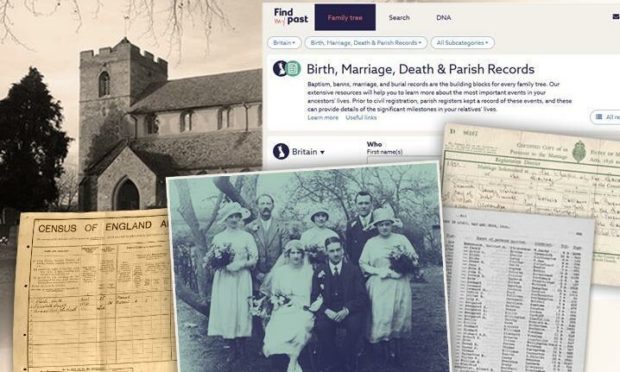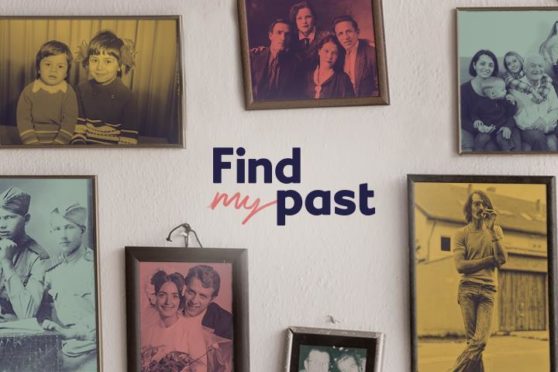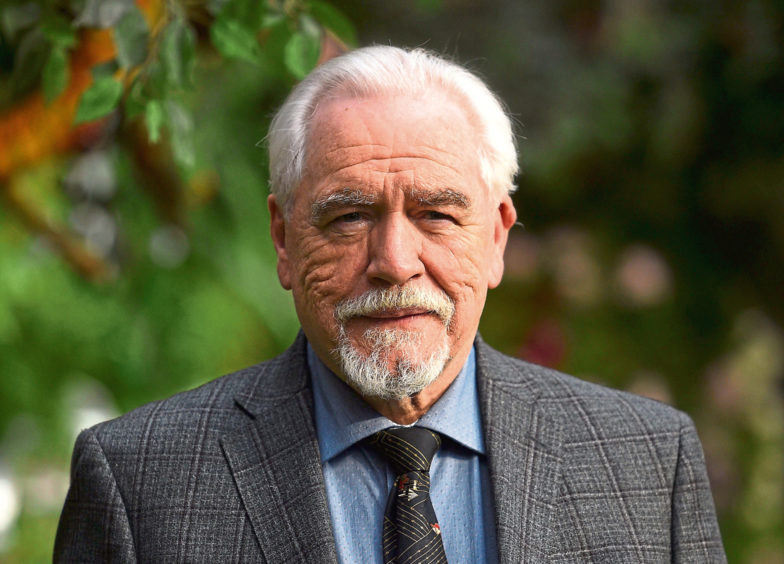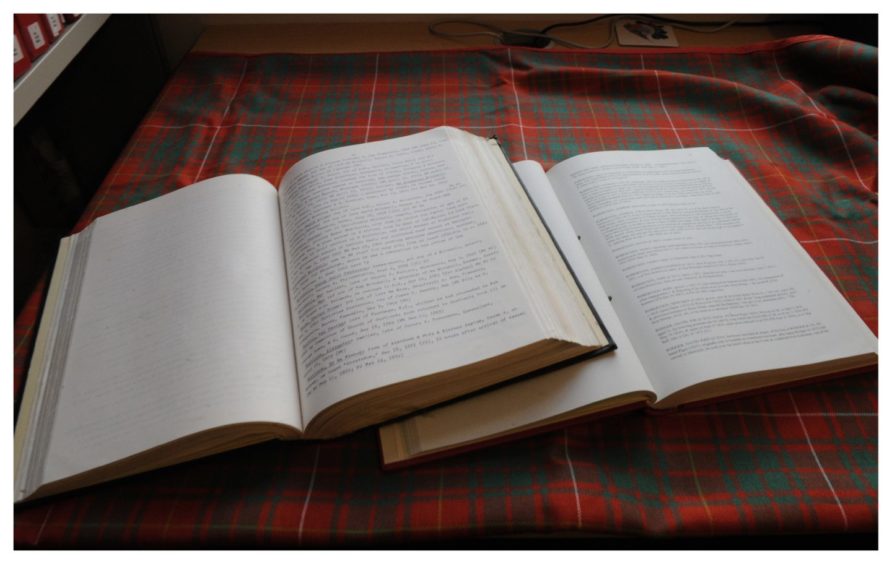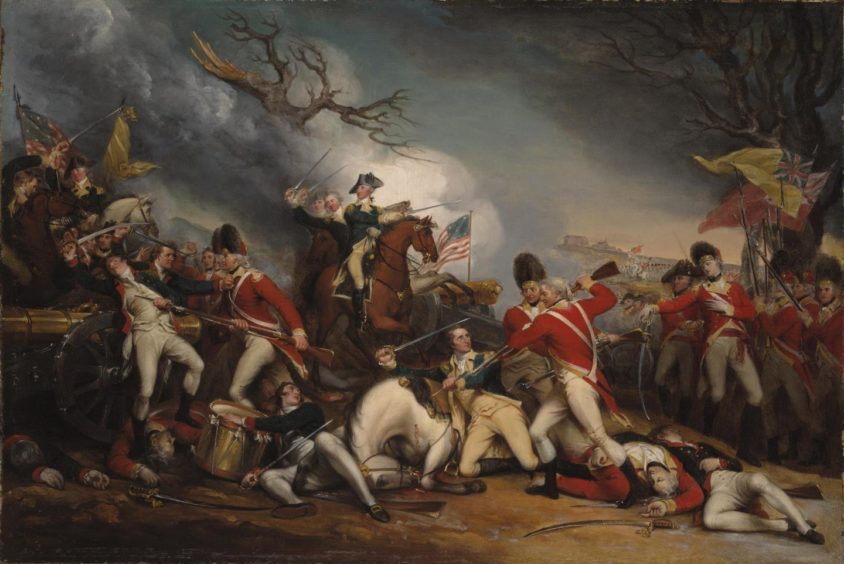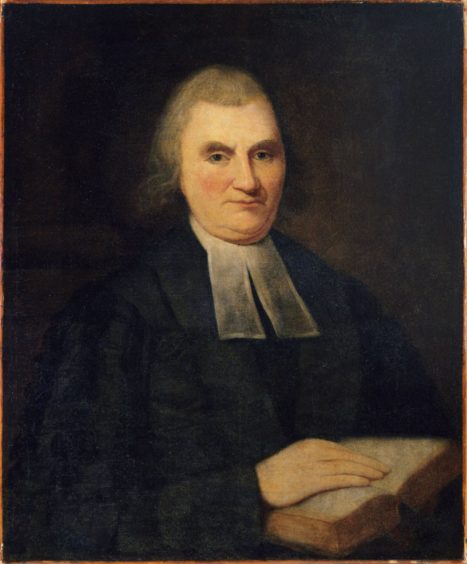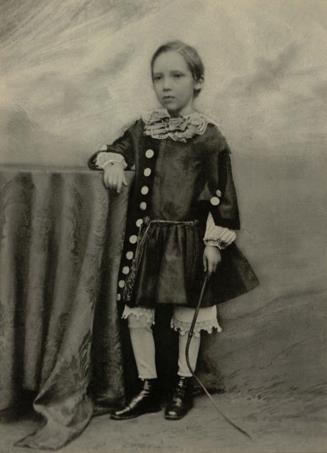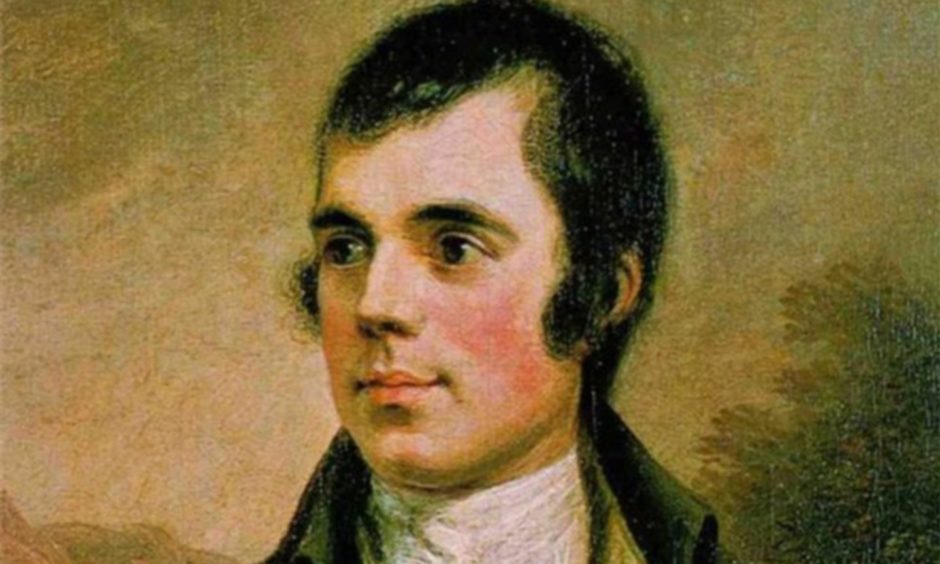The largest collection of Scottish family history records ever made available online has been published by leading UK family history website Findmypast.
The vast new online collection of Old Parish Records has been published in collaboration with local archives and organisations across Scotland.
Dating back to 1561 and spanning 450 years of Scottish history, the new collection contains more than 10.7 million historical documents chronicling baptisms, marriages, burials and more.
The vast new online resource will allow family historians across the globe to uncover rare details of their ancestor’s lives and the stories behind major life events.
When combined with Findmypast’s existing collection of Scottish records and historical newspapers, the release firmly establishes the DC Thomson owned company as the home of the largest collection of Scottish family history records available anywhere online, enabling users to explore their Scottish family tree in greater depth and detail than ever before.
Support from a Scottish star
Award-winning actor Brian Cox showed his support for the publication at a private launch event during which he shared snippets of his “long and complicated” family history with an invited audience.
The Succession star said it was important to him to be able to piece together his own family’s stories as they inform where he comes from.
He said: “My whole interest in my past really came from the fact I knew very little about my past, particularly where I was from, and my parents, and my grandparents, and my great-grandparents.
“And I do believe that it is important to understand your roots and how it serves you.”
Actor Colin McFarlane, who stars in the Scottish-based show Outlander, also spoke during the event about his work as founder of the charity Making History which enables children to research their families.
He shared the story of Scipio Kennedy, who was just a child when he was brought to Ayrshire from West Africa and bought as a slave. His story and descendants can be traced through the collection of online records.
Groundbreaking collaboration
Myko Clelland, regional licensing and outreach manager, said the resource is the result of Findmypast’s close collaboration with local family history societies, archives and volunteers from across the country.
It brings together a wide variety of important historical records, many of which were previously inaccessible to public and are now fully searchable in new ways for the first time.
This includes records that not only reveal vital information on Scottish ancestors, but also provide valuable insights into parish life, including;
- Records of non-conformist churches including the Episcopal, Free Church, United Free Church and more, fully indexed and searchable for the very first time.
- Newly published 20th century records (current online collections stop at 1855) that provide vital details of more recent ancestors, allowing users to uncover the details of previous generations and trace their family tree back from there.
- Rare “Irregular Marriages” from Kirk Sessions (those not officially recorded by the parish registers and conducted without a ceremony).
- Mortcloth rentals, records of deceased Scots who were too poor to afford a proper burial, having to the hire the cloth that was placed over their coffin, or where original records no longer survive.
- “Ringings of the burial bell”, records of those too poor to even afford a mortcloth rental so instead paid for a ringing of the church bell in their memory.
Family history societies
The collaborative project involved Findmypast working with hundreds of volunteers from nine Scottish local and national family history societies, including The Highlands Family History Society.
The society was established in 1981 and is based at the Highland Archive Centre in Inverness where it promotes the study of genealogy and family history in the Highlands.
Other volunteers came from: The Scottish Genealogy Society; Fife Family History Society; Dumfries and Galloway Family History Society; Renfrewshire Family History Society; Lothians Family History Society; Lanarkshire Family History Society; Glasgow & West of Scotland Family History Society and West Lothian Family History Society.
Names, dates, locations, the names of parent’s, spouses, children and other biographical details such as occupations, residences and more were transcribed and then digitally converted thanks to the hard work of hundreds of Scottish family historians.
Mr Clelland said: “We are honoured to work with such a large number of outstanding organisations to make Scottish family history accessible worldwide.
“This has enabled Findmypast to not only illuminate the lives of influential Scots who have played pivotal roles in history, but also tell the stories of ordinary and often overlooked people who, through centuries of effort, have shaped the world we now live in and are responsible for everything we know and love as Scotland today.”
Celebrated Scots
Some of Scotland’s most renowned sons and daughters can be found within the collection, including fathers of nations, inventors and innovators and forgotten figures.
Culloden veteran and revolutionary war hero Hugh Mercer was a career soldier and physician.
He initially served with the Jacobite forces of Bonnie Prince Charlie, the British forces during the Seven Years’ War, and later became a brigadier general in the American Continental Army and a close friend to George Washington.
Mercer died as a result of his wounds received at the Battle of Princeton and became a fallen hero as well as a rallying symbol of the American Revolution. The records document his baptism at Pitsligo, Aberdeenshire on 17th Jan 1726.
American founding father and Presbyterian minister John Witherspoon embraced the concepts of Scottish common-sense realism.
While president of the College of New Jersey (1768–1794; now Princeton University), he became an influential figure in the development of the United States’ national character.
Witherspoon was a delegate from New Jersey to the Second Continental Congress and a signatory to the July 4, 1776, Declaration of Independence, the only active clergyman to sign the Declaration.
The records capture his marriage to Elisabeth Montgomerie in Beith, Ayrshire on 14th Aug 1748.
Novelist, essayist, poet and travel writer, Robert Lewis Balfour Stevenson, best known for works such as Treasure Island, the Strange Case of Dr Jekyll and Mr Hyde and Kidnapped, was born and educated in Edinburgh
He travelled extensively throughout his life, dying in Samoa in 1894 at the age of 44.
A major celebrity in his lifetime, the popularity of Stevenson’s works has endured and in 2018 he was ranked, just behind Charles Dickens, as the 26th-most-translated author in the world. The record document is his Edinburgh baptism in 1850.
Scotland’s national poet, Robert Burns is regarded as a pioneer of the Romantic movement and celebrated worldwide for his work in the Scots language.
After his death in 1796, he became a great source of inspiration to the founders of both liberalism and socialism, and a cultural icon in Scotland and among the Scottish diaspora around the world.
A native of Ayrshire, Burns can be found numerous times in the records including his 1759 Baptism, the 1785 baptism of his illegitimate daughter with Elizabeth Paton and his irregular marriage to Jean Armour in 1788.
For more information go to www.findmypast.co.uk
